What do you have in mind when you think of modern style interior design? Some people might think of all-white color schemes, or concrete and metal. Others may think of industrial lofts, towering high with distressed brick walls, wrought iron windows, and one-of-a-kind furniture. These examples are entirely contrasting, yet they are both considered modern.
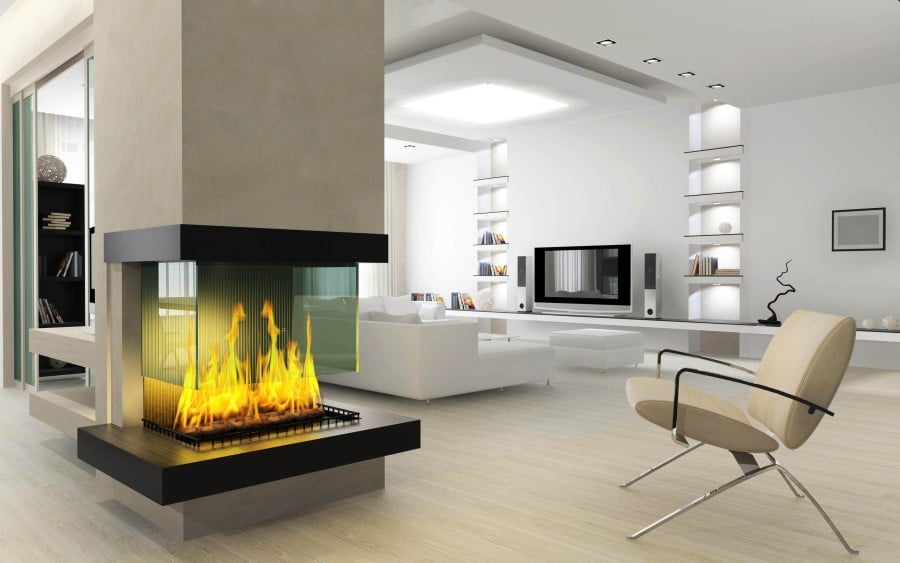
Ultimately, there is a reason why everyone’s idea of “modern” is entirely different. There is no wrong way to go about modern interior design.
This is because “modern” is technically not a style at all until it is combined with a partnering influence. In fact, there are only a handful of features that are consistent across all modern interior design styles.
Features of Modern Style Interior Design
Modern interior design, in all its variations, has three overlying features:
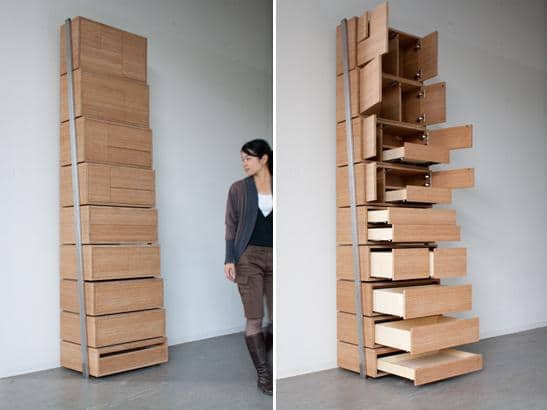
Source: http://www.dannykuo.com/staircase.html
1) All modern spaces focus on simplicity in some way. Whether it lies within the aesthetics, or the function of the space, this is a consistent feature. An example of aesthetic simplicity is clean lines, squared furniture, and an overall uniform look within a space. Functional simplicity could be hidden storage in innovative places, multi-purpose appliances, concealed furniture, and more.
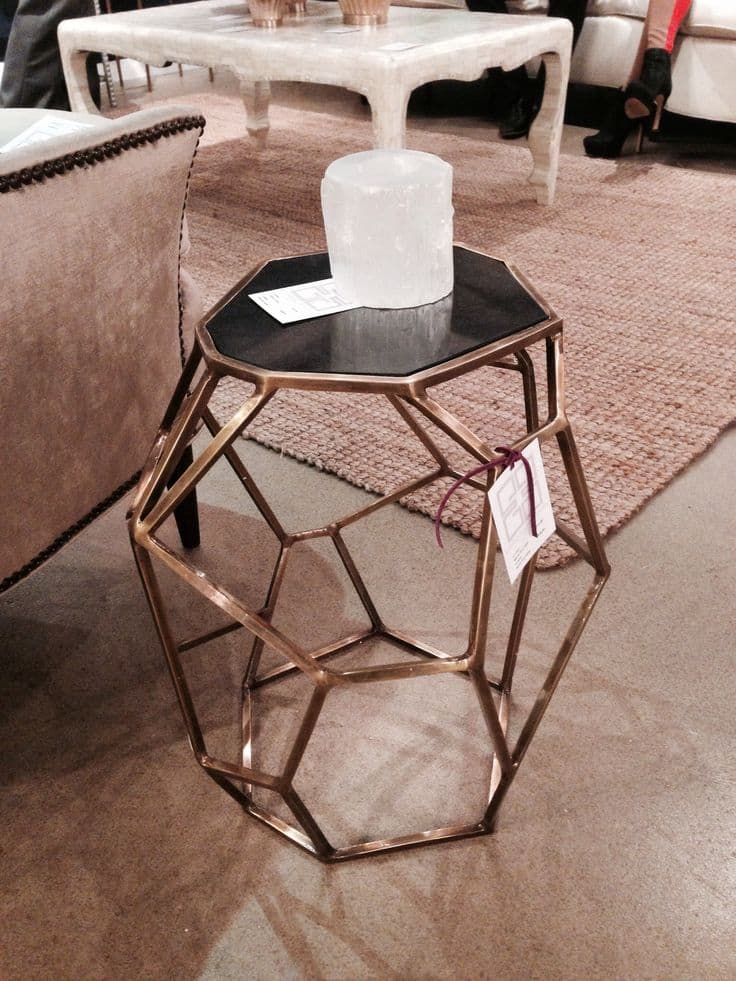
Source: http://www.moodymonday.co.uk/2015/04/shapes-and-geometry-in-interior-design/
2) Next, interior design uses geometric shapes to create interesting features. This could be done with décor, furniture, architecture, patterns, or in a multitude of other ways. Sometimes these geometric features are more subtle, and sometimes they are a focal point. This all depends on the sub-style used in the space.
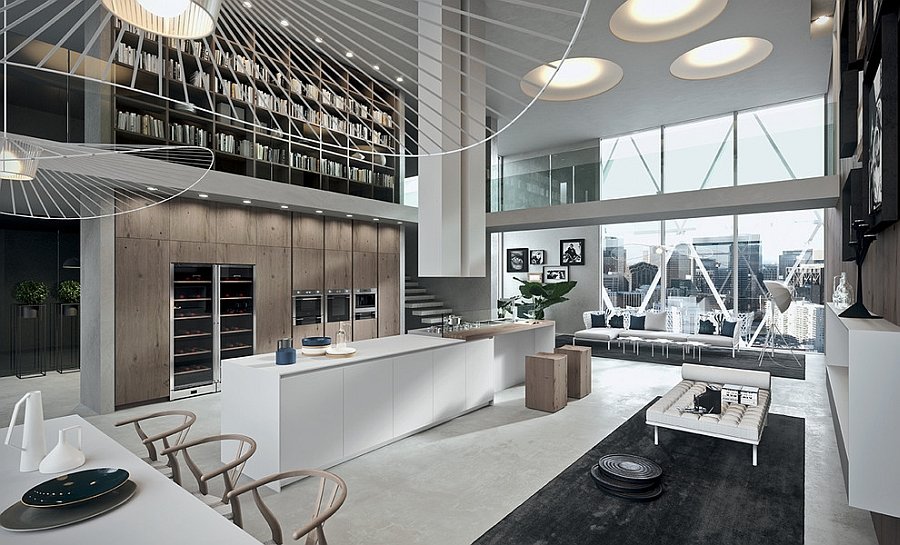
Source: http://www.retreatdesign.com.au/
3) Lastly, every modern space is developed around a sense of pragmatism and progressive thinking. Often times, this is done by incorporating cutting-edge technology, eco-friendly materials, and multi-functional features into the design, like the modern kitchen illustrated above.
Most Popular Modern Interior Design Styles
This article will cover four of the most popular styles of modern interior design, describe their most definitive features, and explain their purpose and origin. The four types of modern design include Mid-Century, Industrial, Scandinavian, and Bohemian interior design. For each style we will show you also example pictures to get a better essence and description.
Mid-century Modern Style
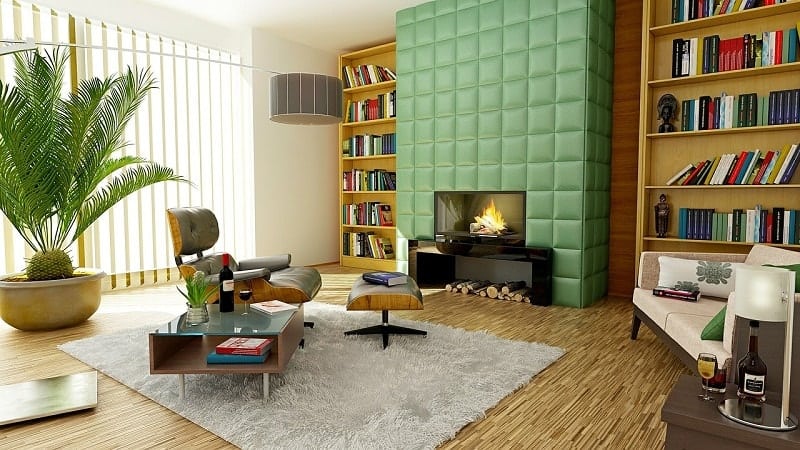
Source: http://dudeliving.com/wp-content/uploads/2015/08/mid-century-modern.jpg
This form of modern interior design is influenced greatly by the flavors of design used primarily in the 1960’s and 70’s. Some may venture to name this style “retro-mod”, an interesting combination considering “retro” is defined as a style of the past, and “modern” is defined as a style of the present, or even a style of the future.
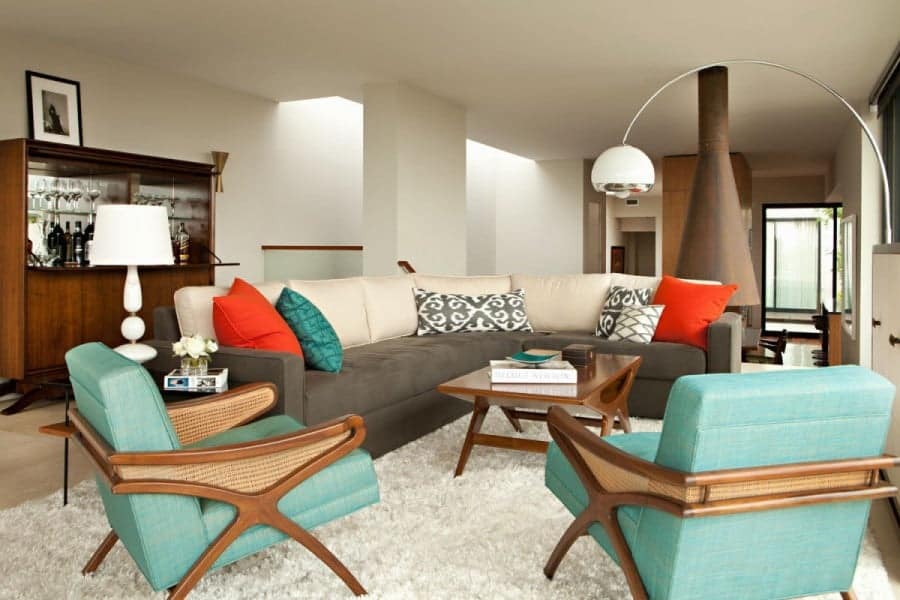
Source: https://www.pinterest.com/amandamiller218/mid-century-modern-design/
Mid-century Modern or Retro-Mod design can be identified by a few easily identifiable traits. First, the furniture is often low-slung, allowing for attention to be drawn upwards by only the décor and oversized retro fixtures.
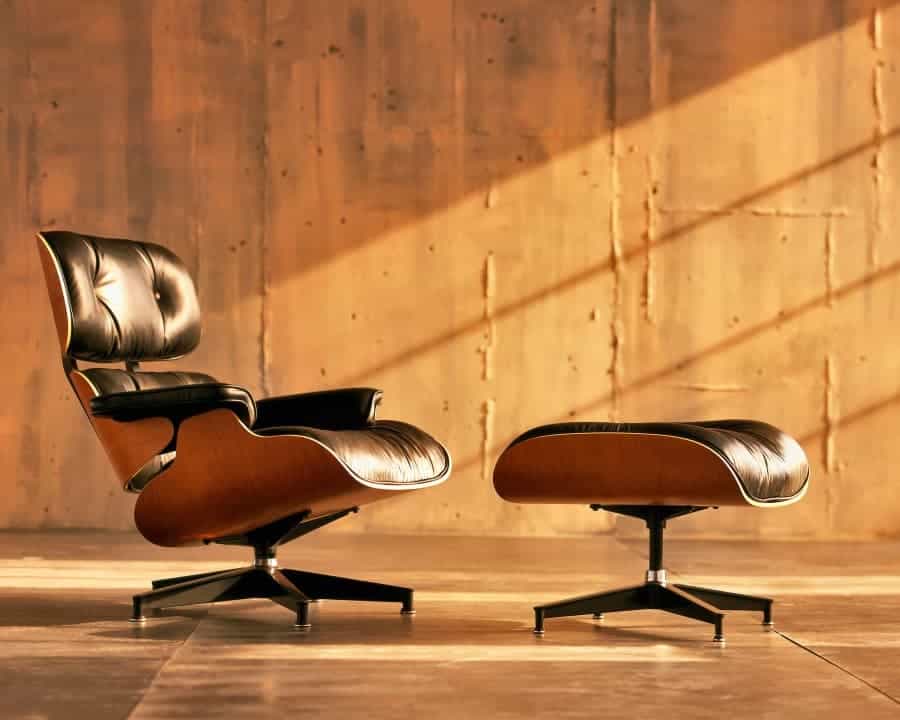
Another method used to achieve this style is using Eames inspired furniture in the design (see above). Charles and Ray Eames invented the first machine able to bend plywood into a curve that could be used for furniture. This resulted in the production during the 1950’s and 60’s of several iconic furniture pieces. One of these is the Eames lounge chair, which is likely the most commonly known mid-century furniture piece.
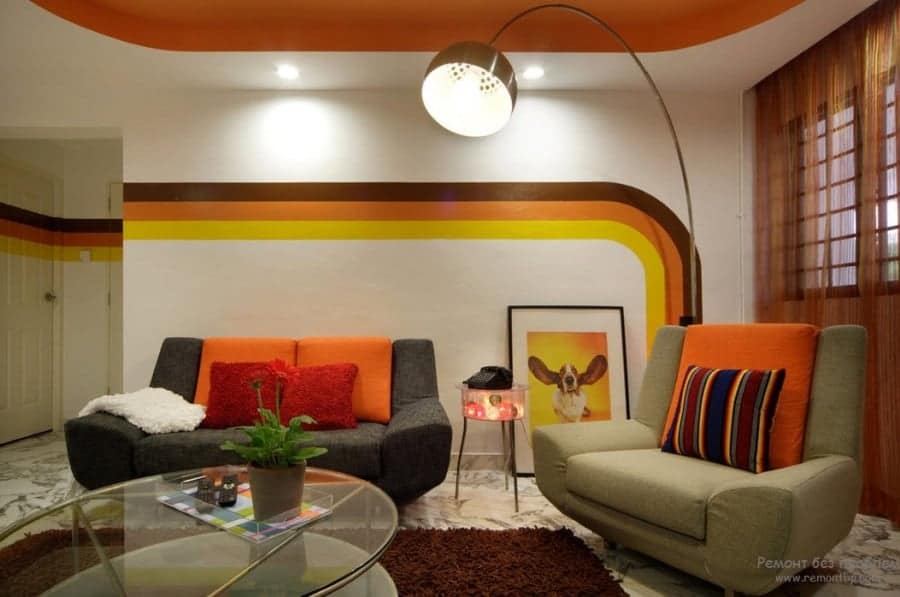
Source: http://www.impressiveinteriordesign.com/modern-industrial-interior-design-definition-ideas
Mid-century design also uses more obvious retro features. For example, the use of the staple colors of the 1960’s and 70’s is quite common as well. These colors are mostly jewel tones like mustard yellow, avocado green, eggplant purple and tangerine orange. Other common retro décor includes items like sunburst mirrors, paisley fabrics, shag carpeted rugs, and wood-paneling.
Industrial modern Style
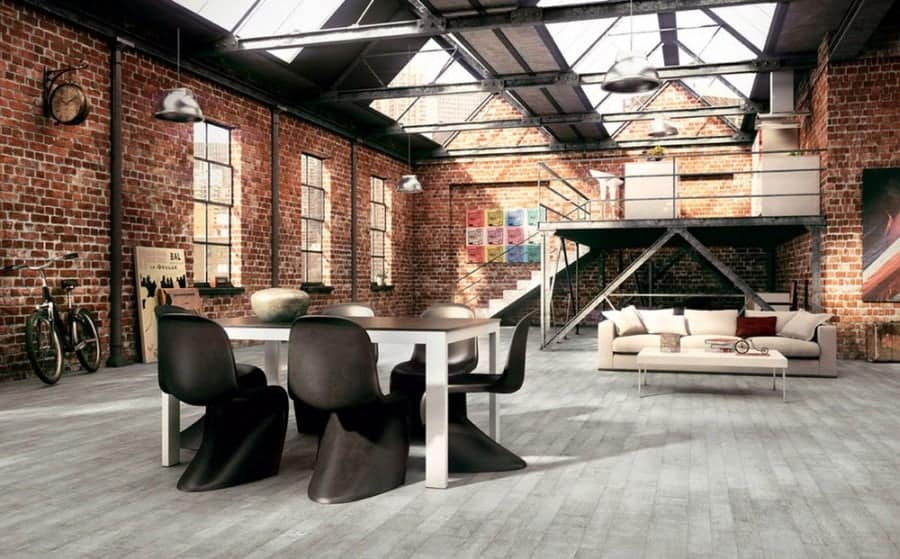
Source: http://www.mytechref.com/172708fde7a44b2c.html
Industrial modern interiors are increasingly popular, especially in loft apartments and industrial buildings. Usually found in large cities, these spaces are quite the spectacle. The purpose of this type of design is to create beauty by using what was once placed entirely for function. By utilizing an industrial space’s existing ductwork, pipes, and electrical work, designers are able to shed light on the natural beauty of the space. Industrial design can be identified by several components.
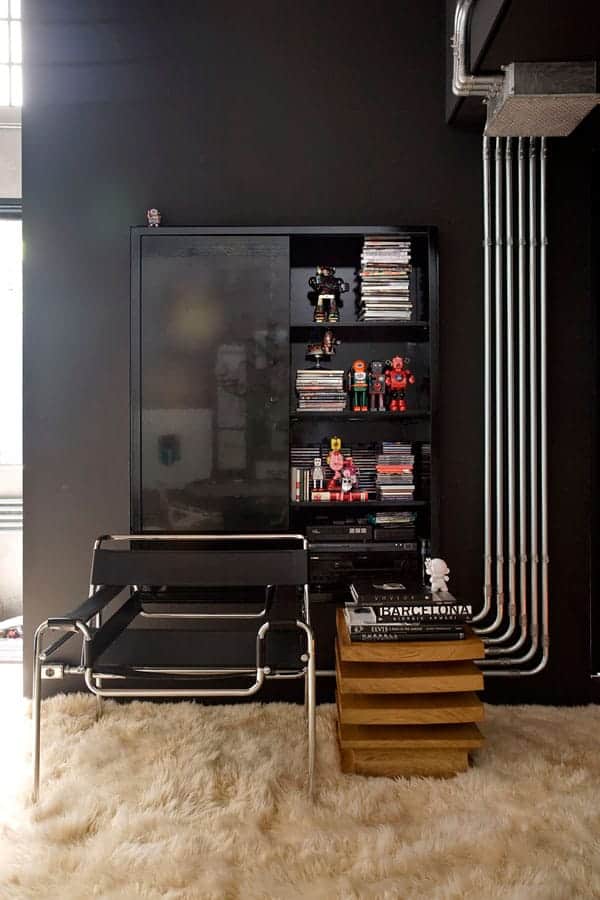
Source: http://www.trendir.com/brutalist-style-architecture-exposed-pipes-as-a-decor-feature
One key feature, as mentioned before, is exposed plumbing, ventilation, and electrical components. Sometimes these components will be painted to help them blend with the design, other times they will be left as is. Either way, this is one of the key features of industrial design. While some may find this to be unappealing, others find it to be the most beautiful part of industrial design. Similar to the restoration of historical buildings, designers of these industrial spaces breathe life back into what was once beautiful. Or in this case, what was once simply functional.
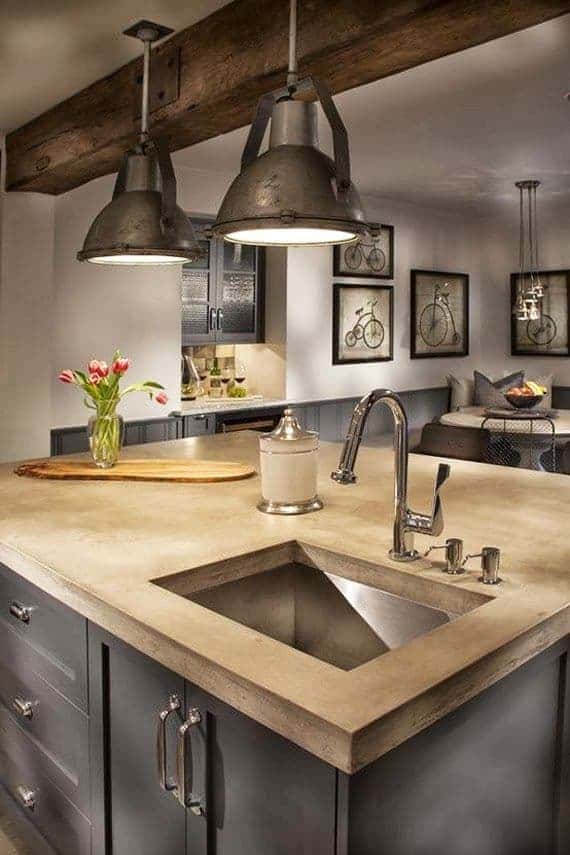
Source: http://picmia.com/1531844-industrial-farmhouse-kitchen-here-i-like-the-modern-island-but-the-rustic-beam-and-recycled-lighting
Another feature that is often used in modern industrial design is the use of concrete, metal, and wood to define the space even further as a functioning beauty. Concrete countertops, wrought iron window mullions, and oftentimes refurbished wood floors are common staples in this style.
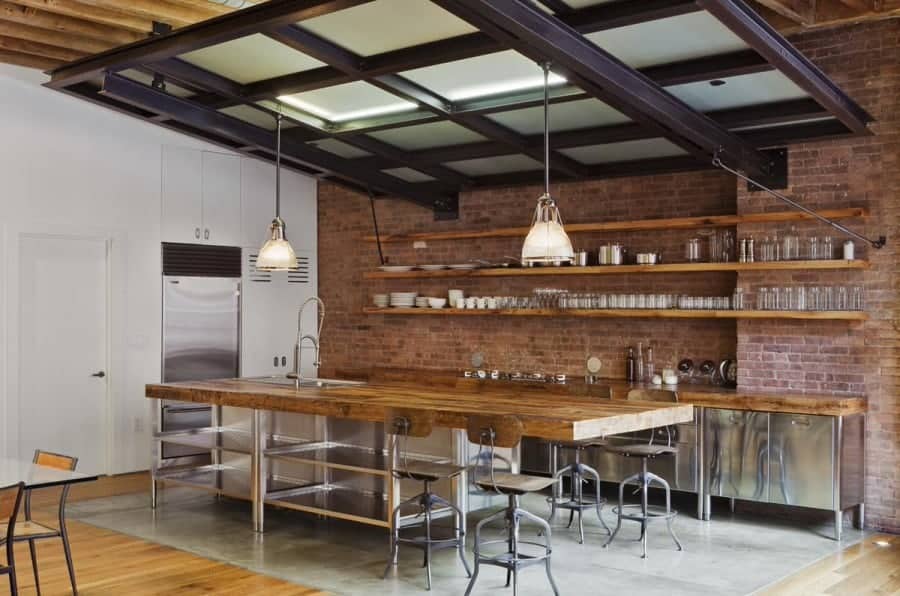
Source: http://st.hzcdn.com/simgs/13d12bff0e9613f6_14-1529/loft-kuhnya.jpg
Vintage furniture and accessories are also used in industrial design quite often. Sometimes when an industrial building comes under new ownership, furniture from the structure’s past uses is made available. Rather than throwing out the old furniture, many industrial modern designers will restore the furniture, and find new use for it in the space.
Scandinavian Style
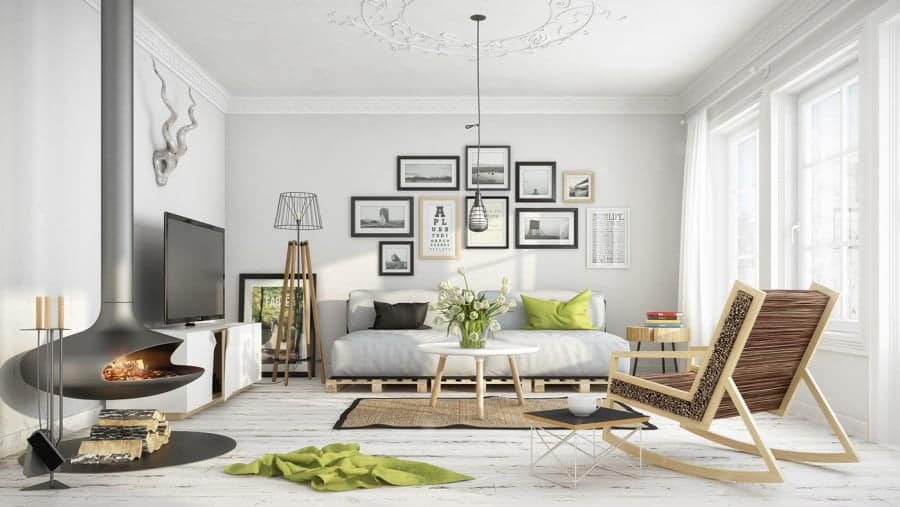
Source: http://www.aplusstud.io/
Scandinavian or “Scandi” interior design is defined by its functionality, bright spaces, and use of white or natural wood furnishings. Especially popular for use in kitchens, this style has come a long way in recent years. Clean lines and a fresh, bright feeling are important components of this style. Honest use of natural materials and impeccable craftsmanship are equally important when using this style of modern design.
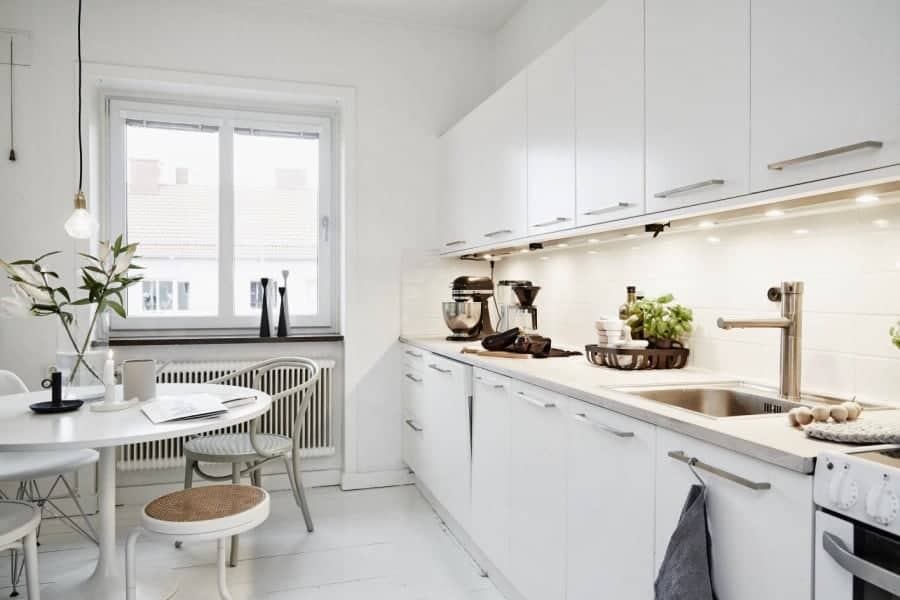
Source
One of the most definitive features of Scandi design is the use of white walls and flooring. This is important for making the most of natural light in a space, which happens to be another important feature of this style. Large windows, skylights, and the use of white to reflect the light combine to create the sense of serenity and simplicity which Scandinavian design offers.
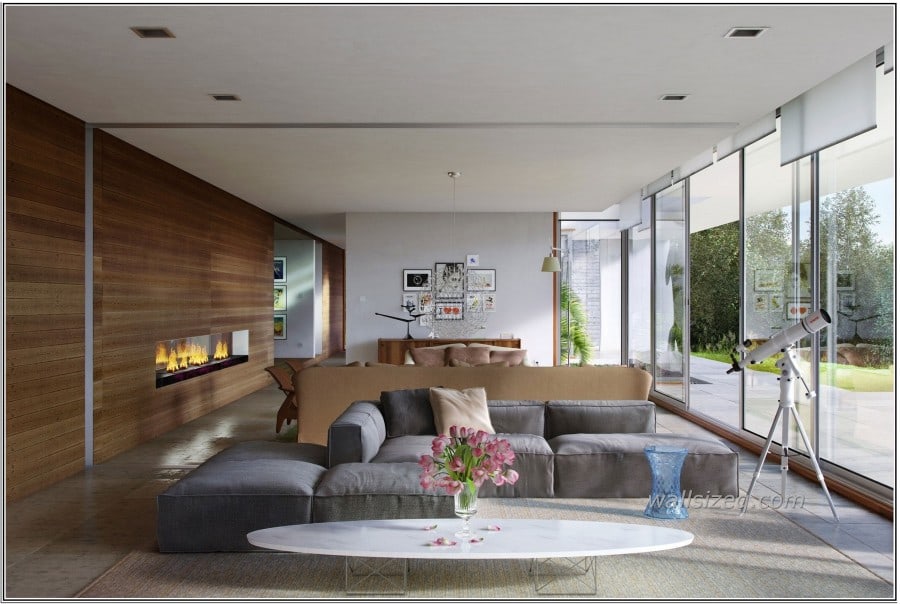
Source: http://wallsizeq.com/
Another key feature of Scandi interior design is the use of wood. Grey oil is often used to remove the yellow colors found in most natural woods. This also plays on the pure white style mentioned previously. Wood is used often used to panel walls, usually in a horizontal fashion to make rooms feel more spacious and open.
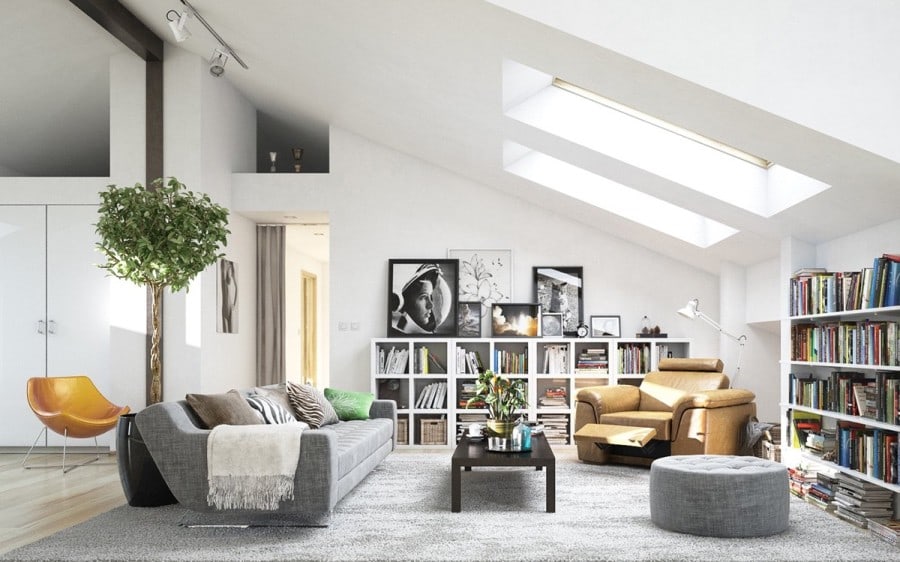
Source: http://www.evermotion.org/tutorials/show/9609/making-of-modern-living-room-tip-of-the-week
Form and function both play important roles in Scandinavian design. Form utilizes simple shapes and clean lines, which also applies to furniture and architectural elements. Function is equally important, and allows the inhabitant to live without added stress and clutter. Everything should have a place in Scandinavian spaces. Similarly, these designs should lack accessories and extra decorative items in order to allow the simplicity of the space to lead the way.
Bohemian Style
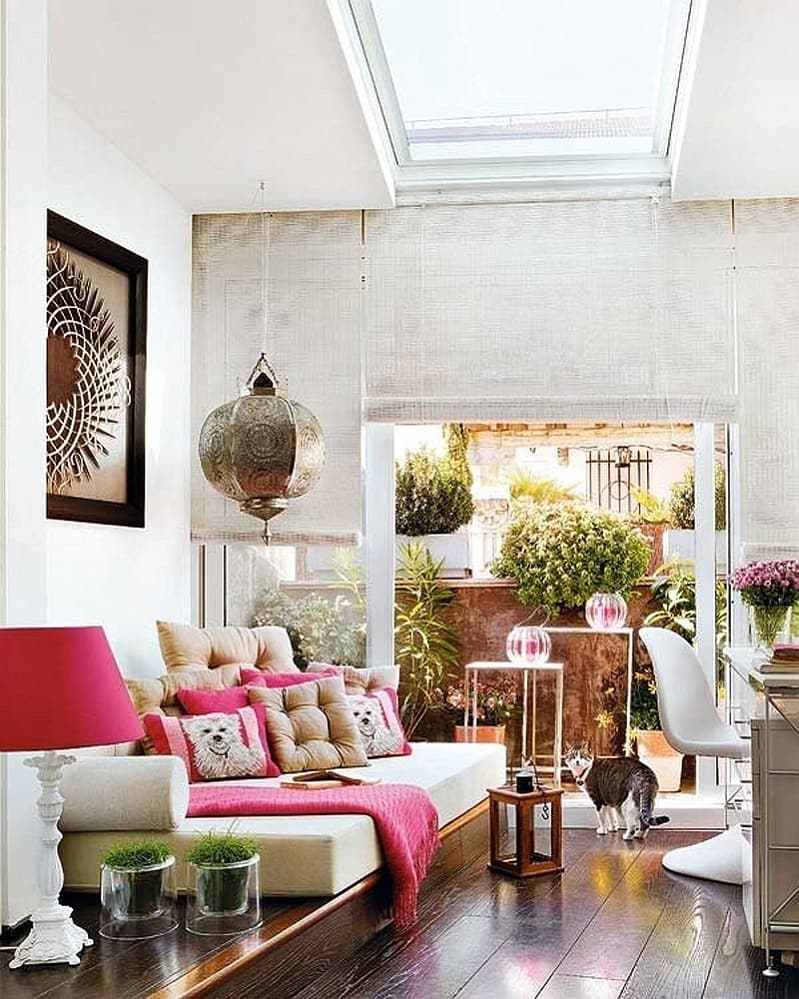
Source: https://www.steinberg.us.com/people/charlie-diaz-gutierrez/
Bohemian or “boho” modern interior design is also increasingly popular. Known for its’ eclectic and colorful features, bohemian design has found its way back to the top of the design chain. Bohemian modern spaces are often designed around the goal of creating a feeling of wanderlust and adventure. Bohemian style emerged in the late 60’s when all things conventional became dull, and adventure spiked the veins of all who longed to stand against the norm. Like something out of a fairytale, bohemian modern design is truly one of the most interesting styles out there.
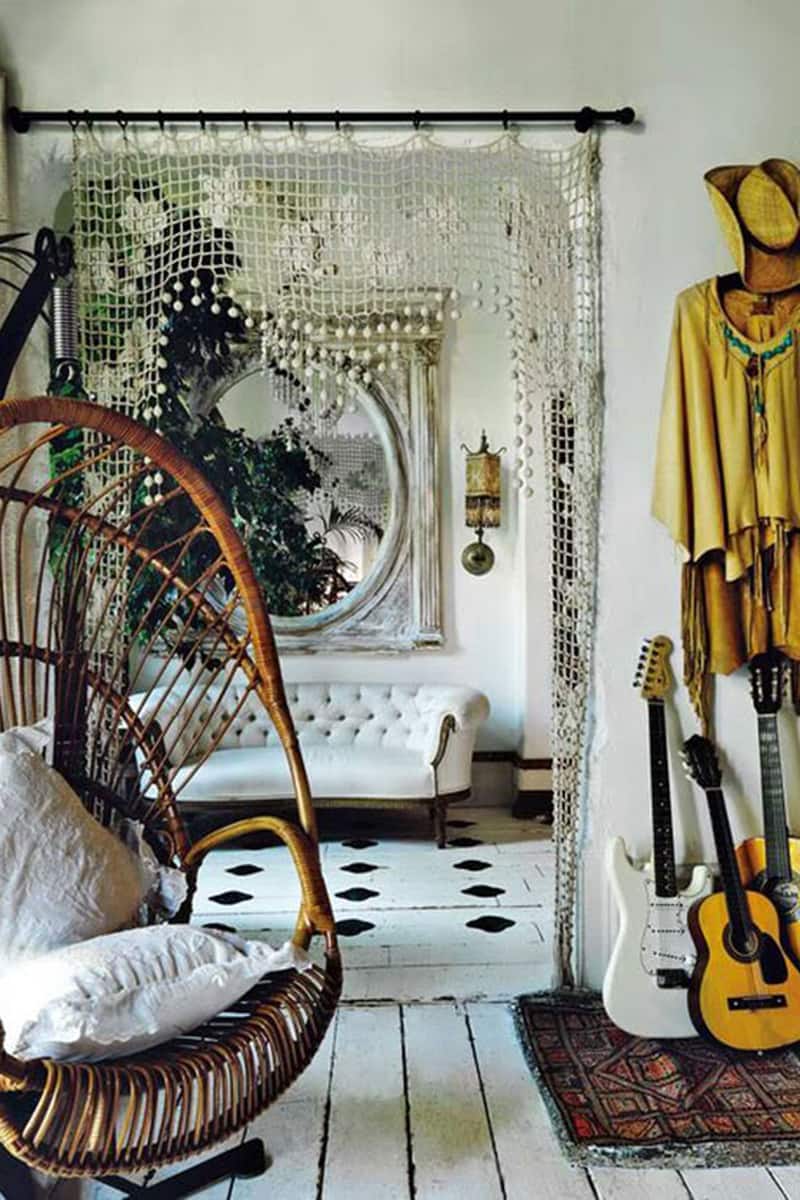
Source: http://www.harpersbazaar.com/culture/interiors-entertaining/g5555/boho-chic-interior-design-ideas/?slide=17
To fully understand the meaning behind this style, it is important to consider the origins. People who considered themselves “bohemian” were often wanderers or travellers, often-times collecting interesting and beautiful things during their travels. Bohemian styles often include elements from other cultures and time periods. It is also important to understand that mixing objects from these differing cultures and time periods is encouraged in this style. Mismatched items, distressed materials, and bright colors are used to make the space feel warm and cultured.
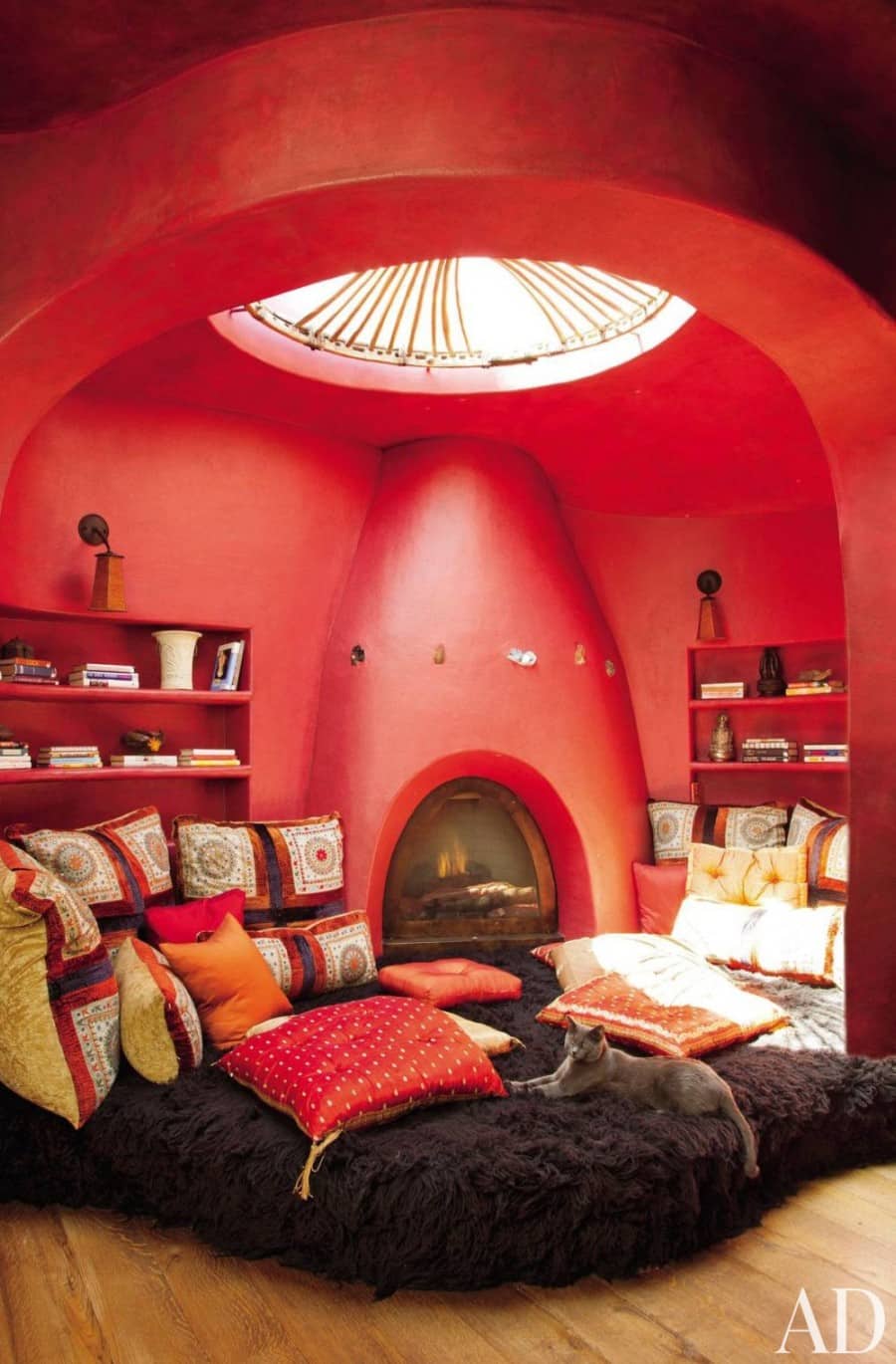
Source: http://designfile.architecturaldigest.com/photo/exotic-media-game-room-judith-lance-stephen-samuelson-calabasas-california-201109-2
Another key feature of modern bohemian design is the use of textiles. Wall tapestries, macramé, rugs, pillows, canopies, and many more textile products should be combined in the space to complete the look. Many bohemian designs contain areas for relaxation, usually containing many textiles. A mountain of pillows with varying patterns, colors, and textures beneath a sheer or macramé canopy will often do the trick. It is also common for bohemian spaces to mismatch furniture. Perhaps the dining room table could be surrounded by several different chairs, each with their own history.
Summary
The differences between these sub-types of modern design are large to say the least. While Scandinavian style encourages a lack of accessories and décor, bohemian style encourages the designer to collect as many accessories and decorations as possible. While Mid-century modern brings one back to the days of paisley, industrial design encourages the use of innovation and technology, even exposing the bits and pieces which usually hide behind the scenes. However, while these styles are contrasting, they all point back to the main components of modern design.
More Modern Style Interior Design Ideas
Let’s see some more images of modern style designs for extra inspiration:
Modern Style Bedrooms
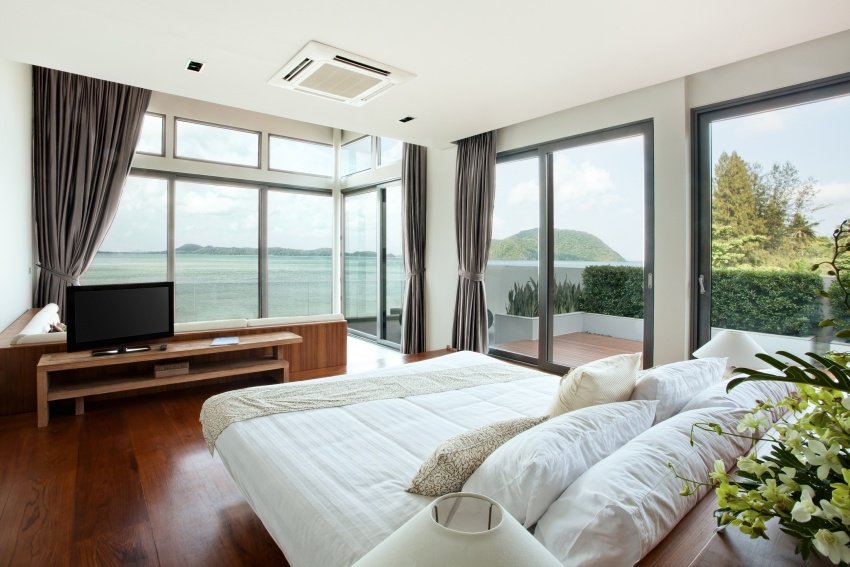
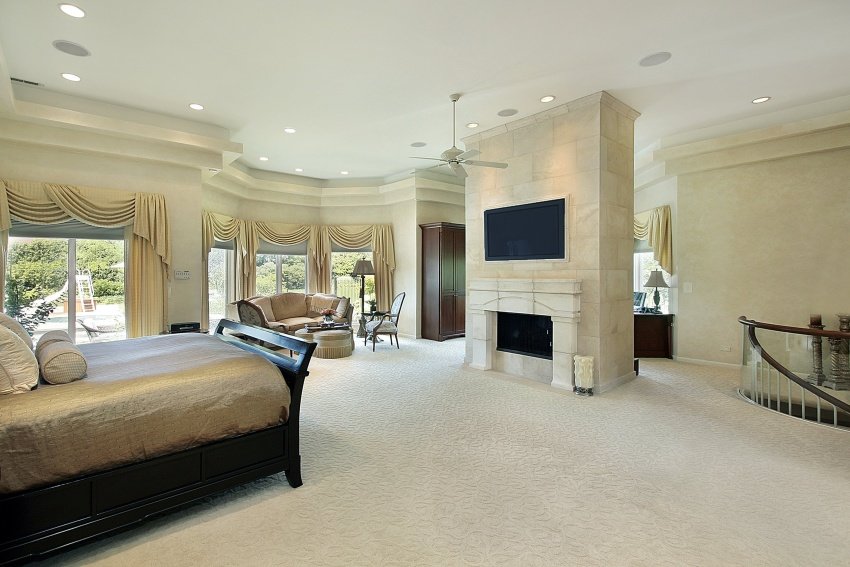
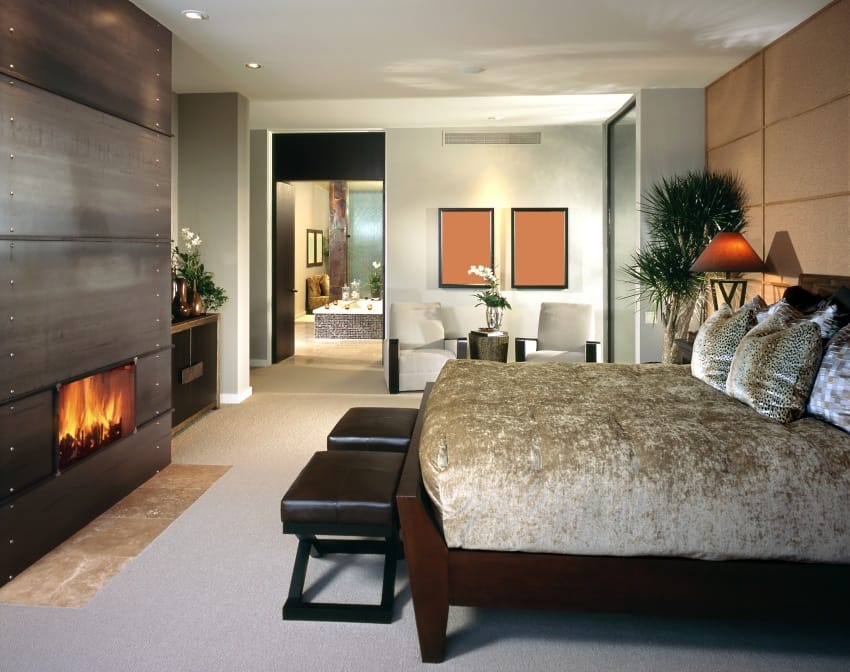
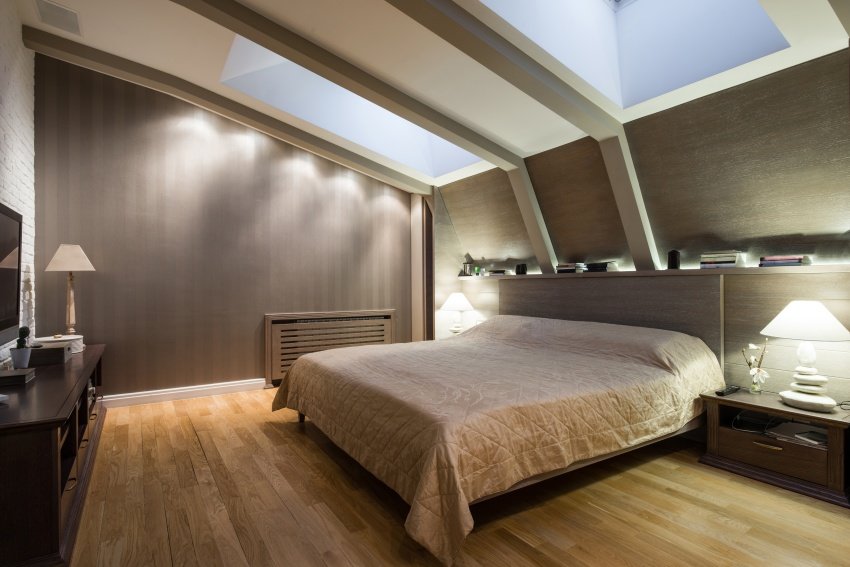
Modern Kitchens
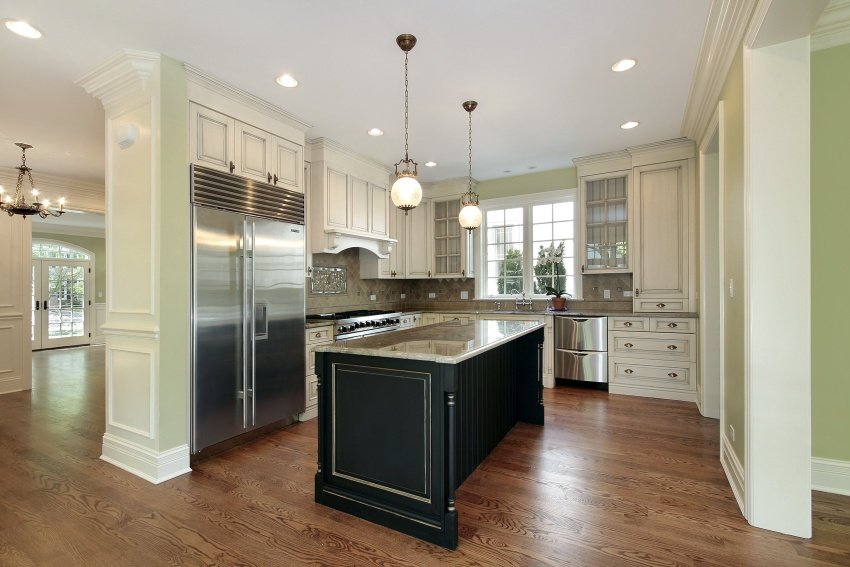
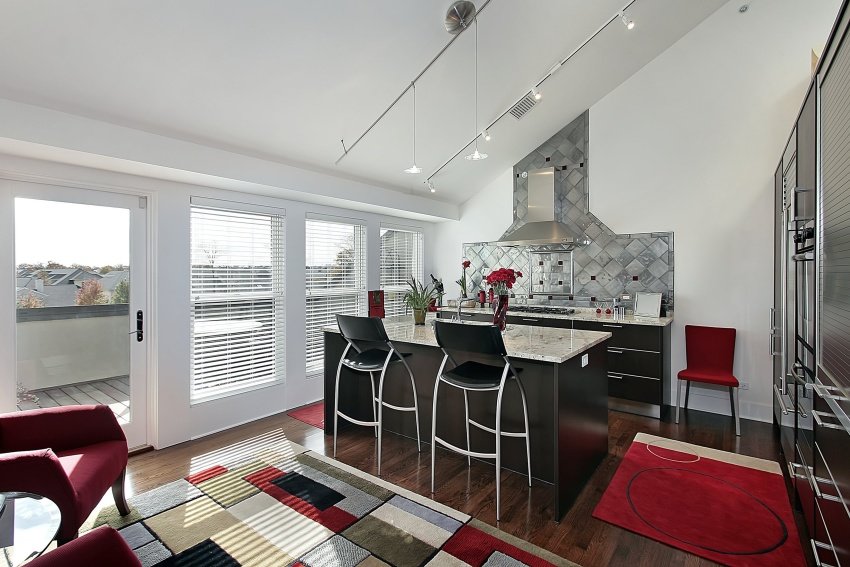
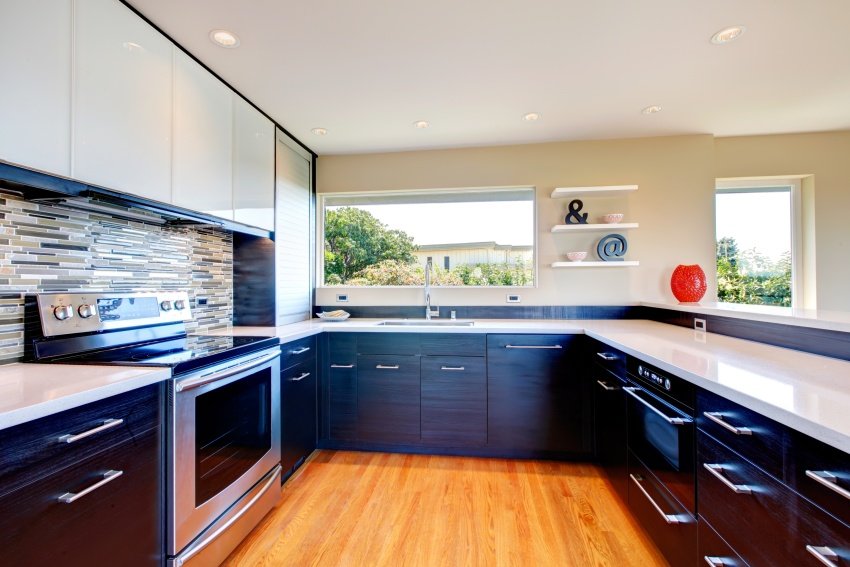
Modern Living Rooms
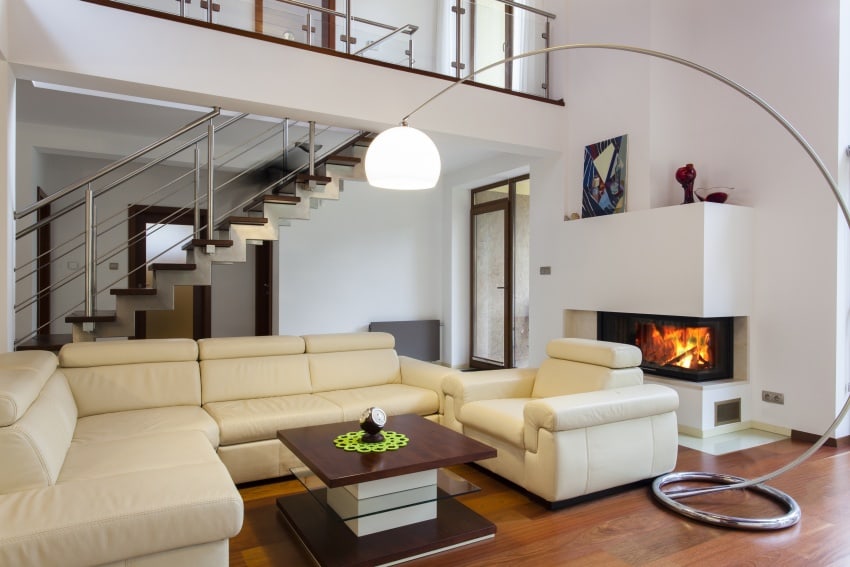
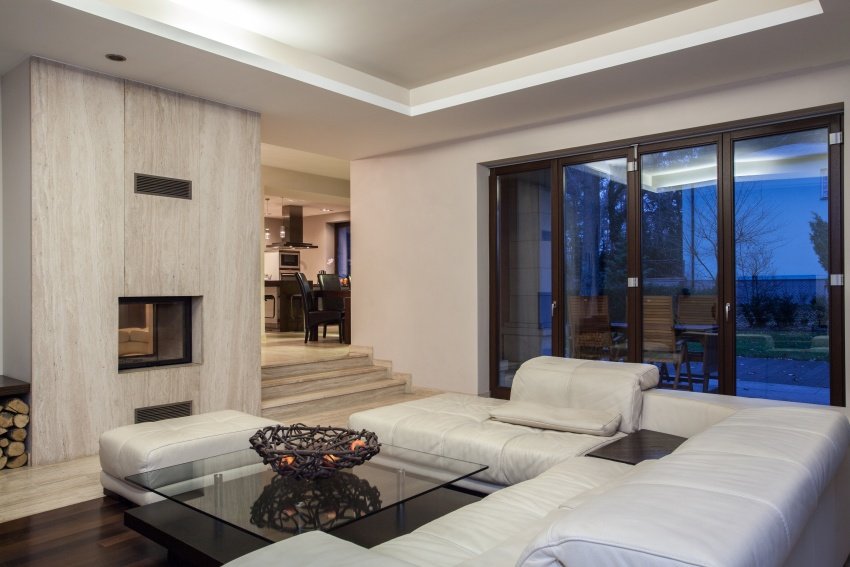
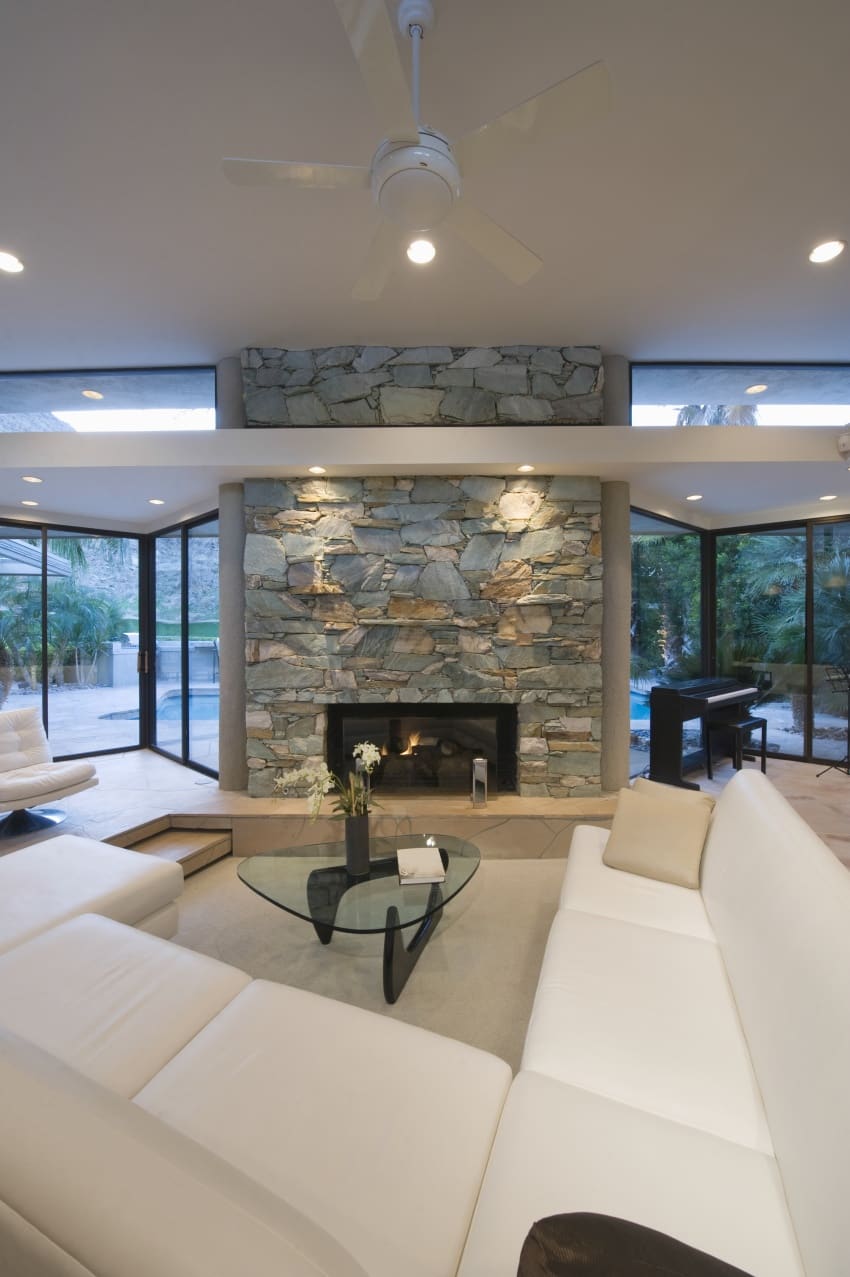
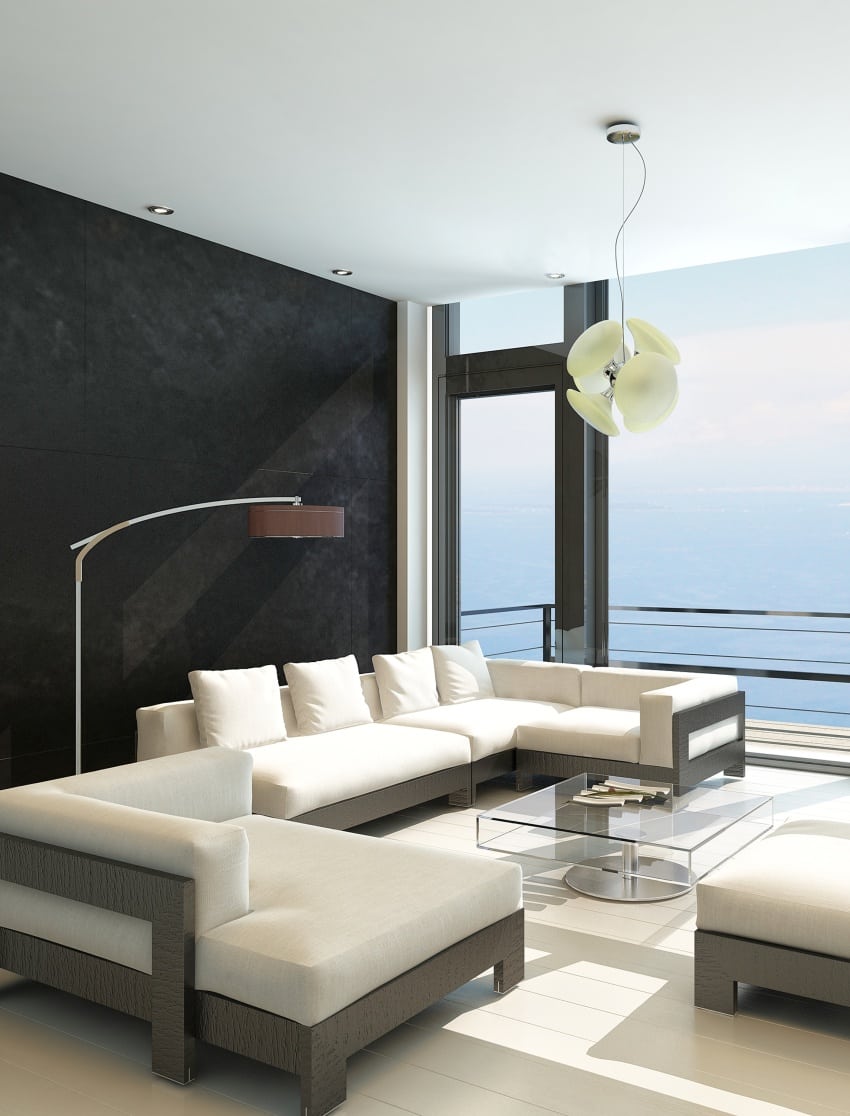

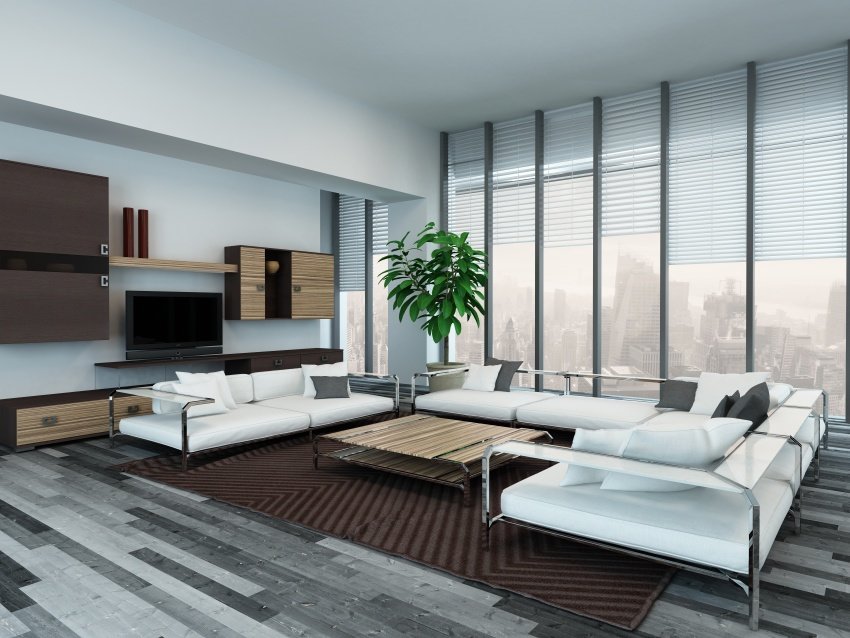
Modern Style Bathrooms
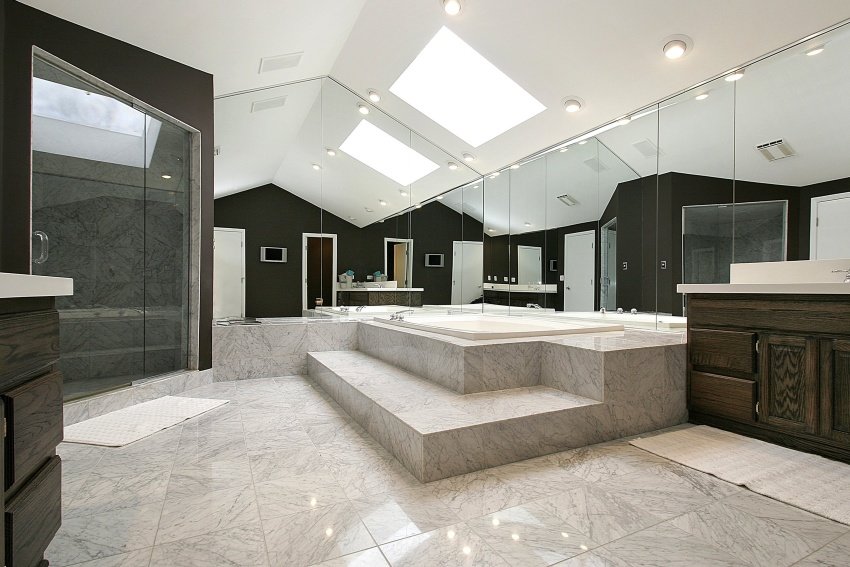
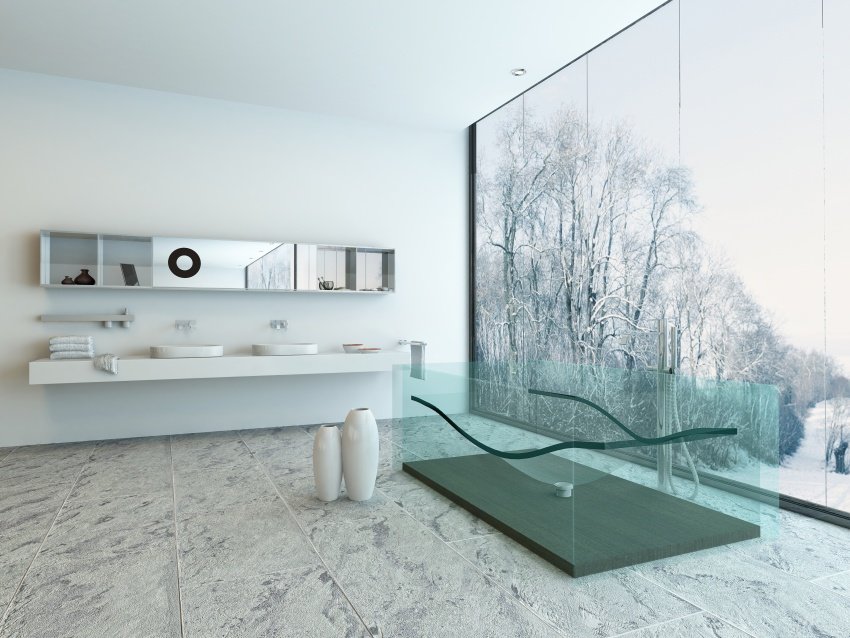
Modern Foyers (Entryways)
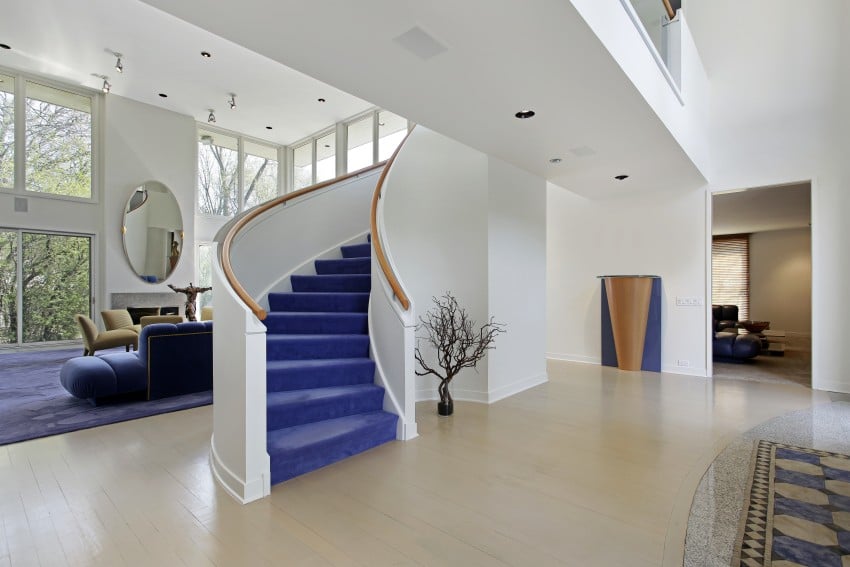
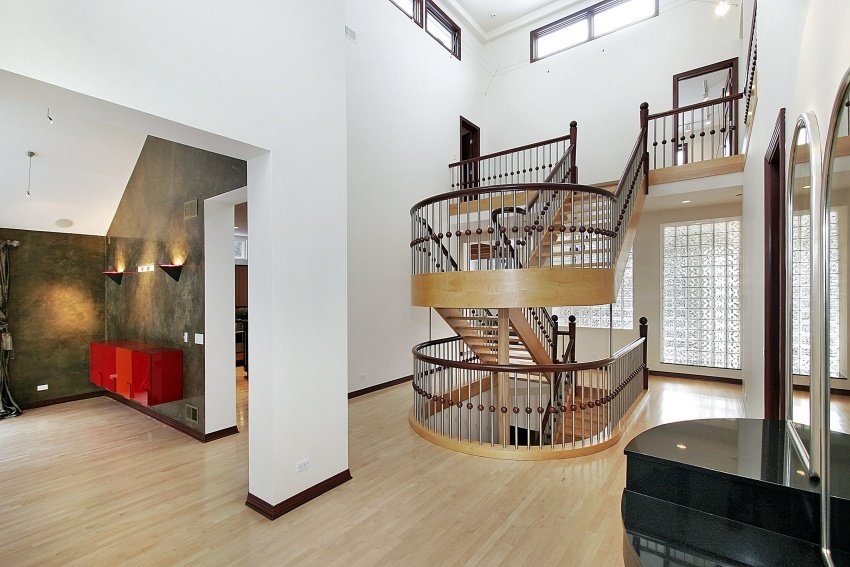
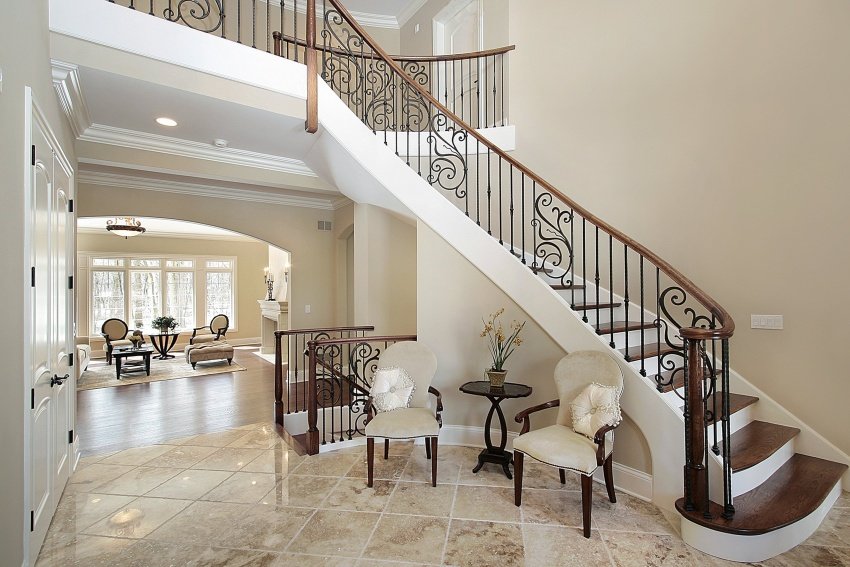
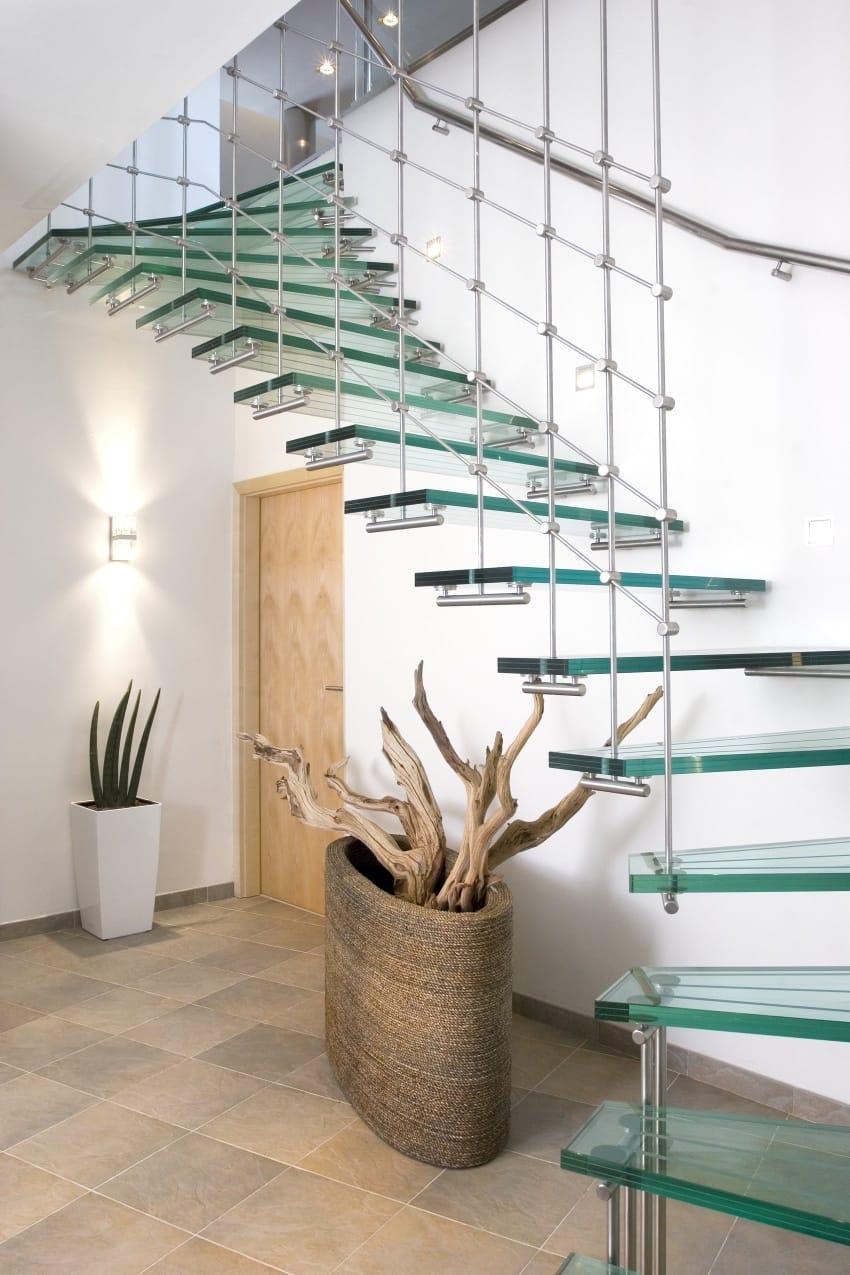
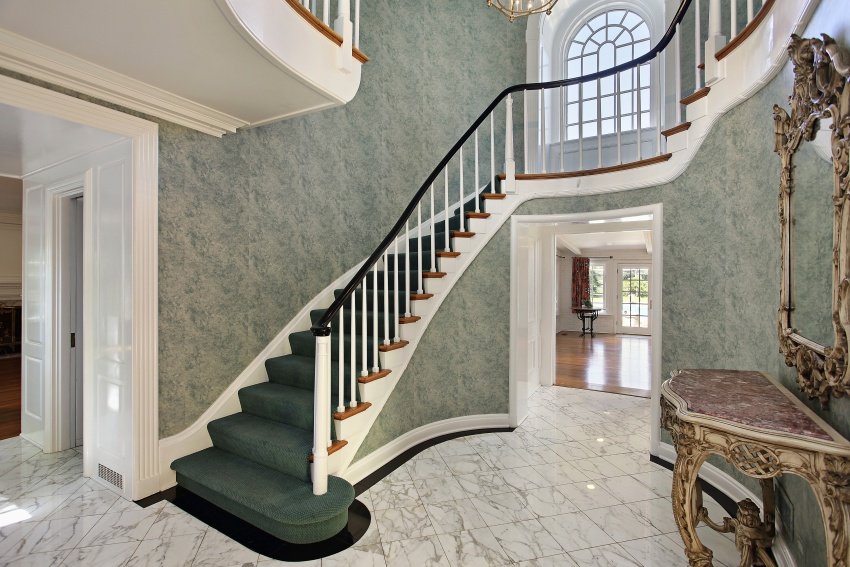
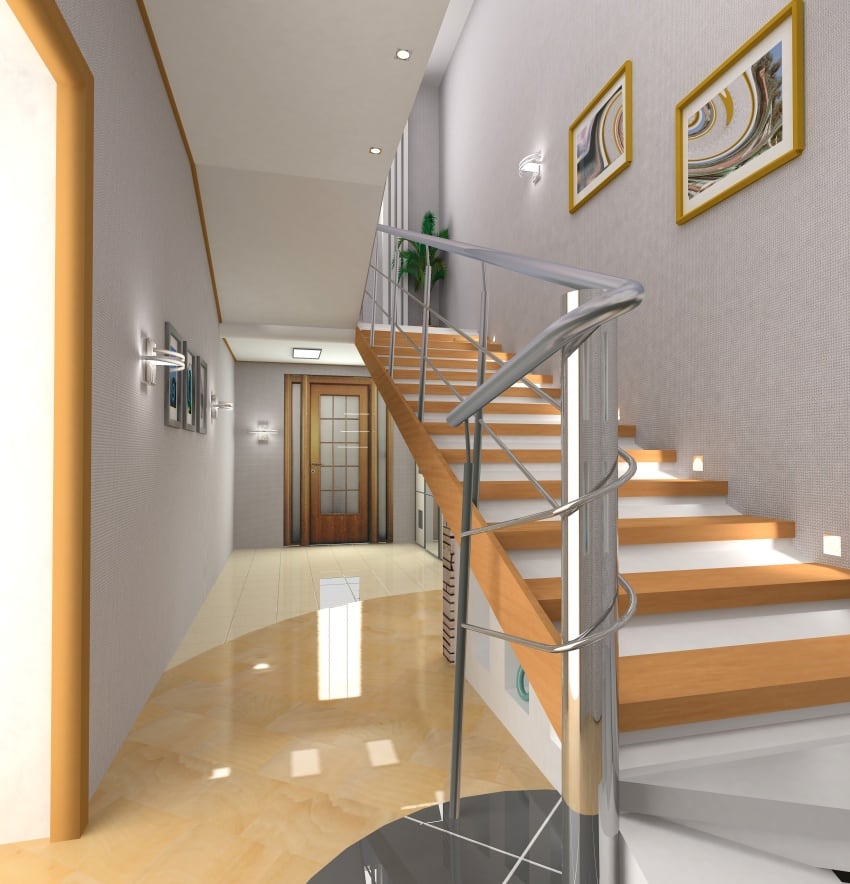
Related Posts
- How to Protect Sliding Glass Doors from Burglars: Essential Security Tips
- How Long Do Sliding Glass Doors Last? Durability and Lifespan Explained
- Here Are Some Pros and Cons of Textured Walls in Homes
- Why Do Sliding Doors Get Stuck? Common Causes and Solutions
- Comparison of Knockdown Drywall Texture vs Orange Peel
- Some FAQ (Frequently Asked Questions) About Wall Paneling for Homes
Leave a Reply